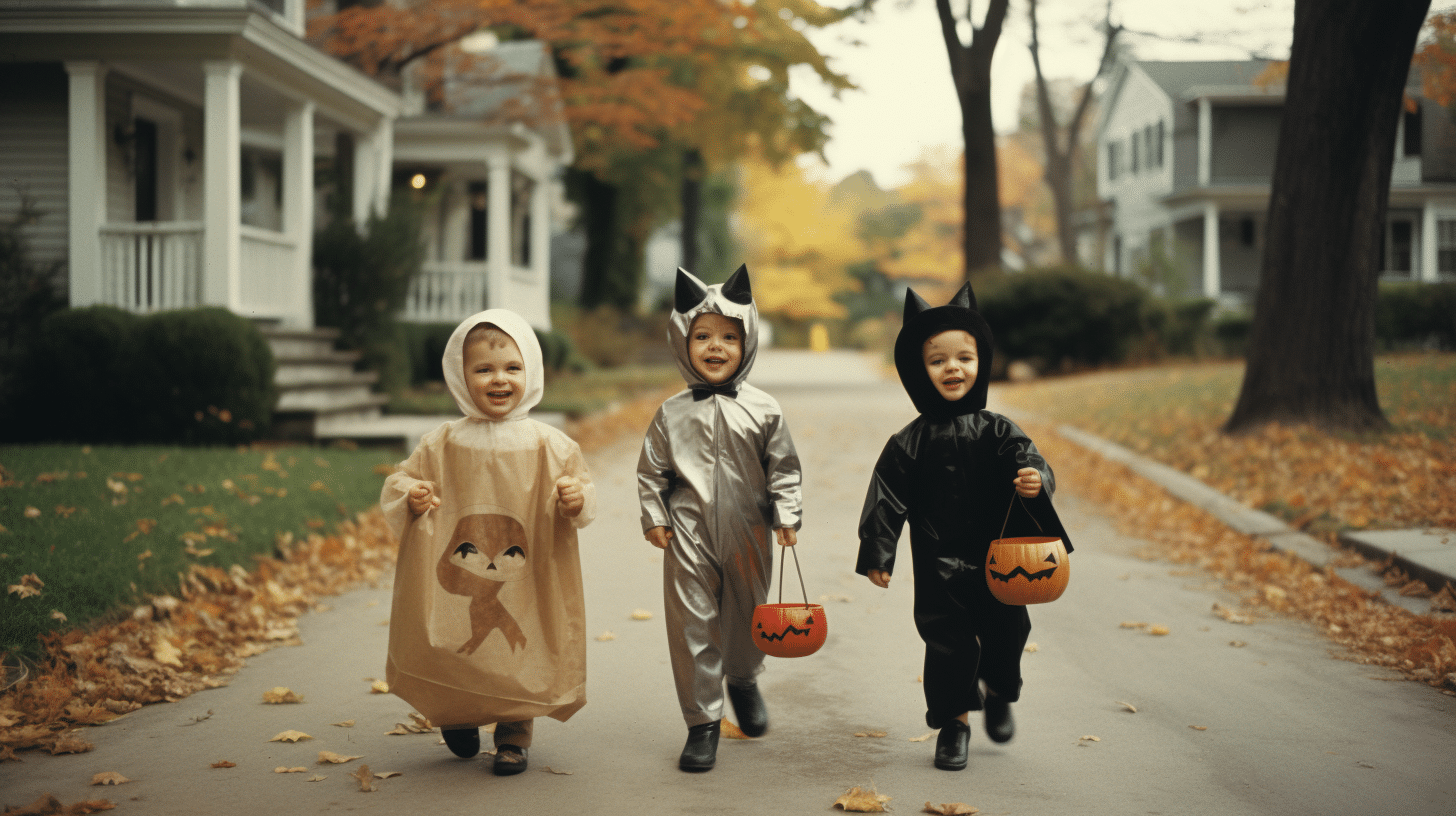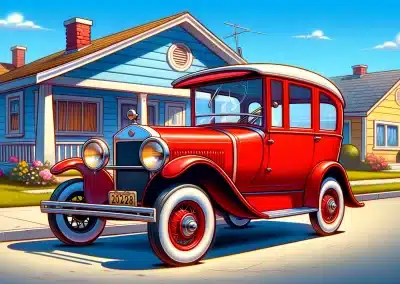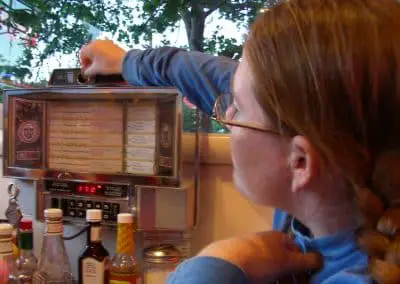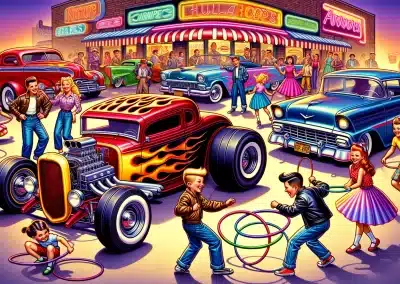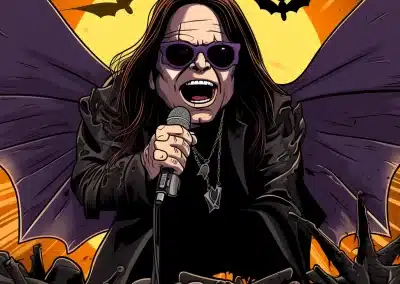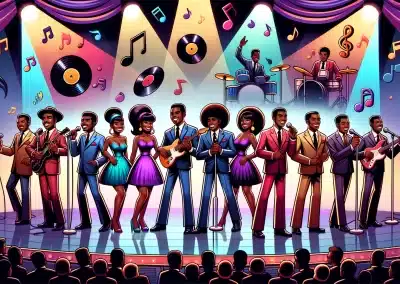Halloween in the 1950s was a time of excitement and anticipation for children. The holiday was less commercialized and more focused on community and family. Trick-or-treating was a popular activity, but it had a different feel than it does today.
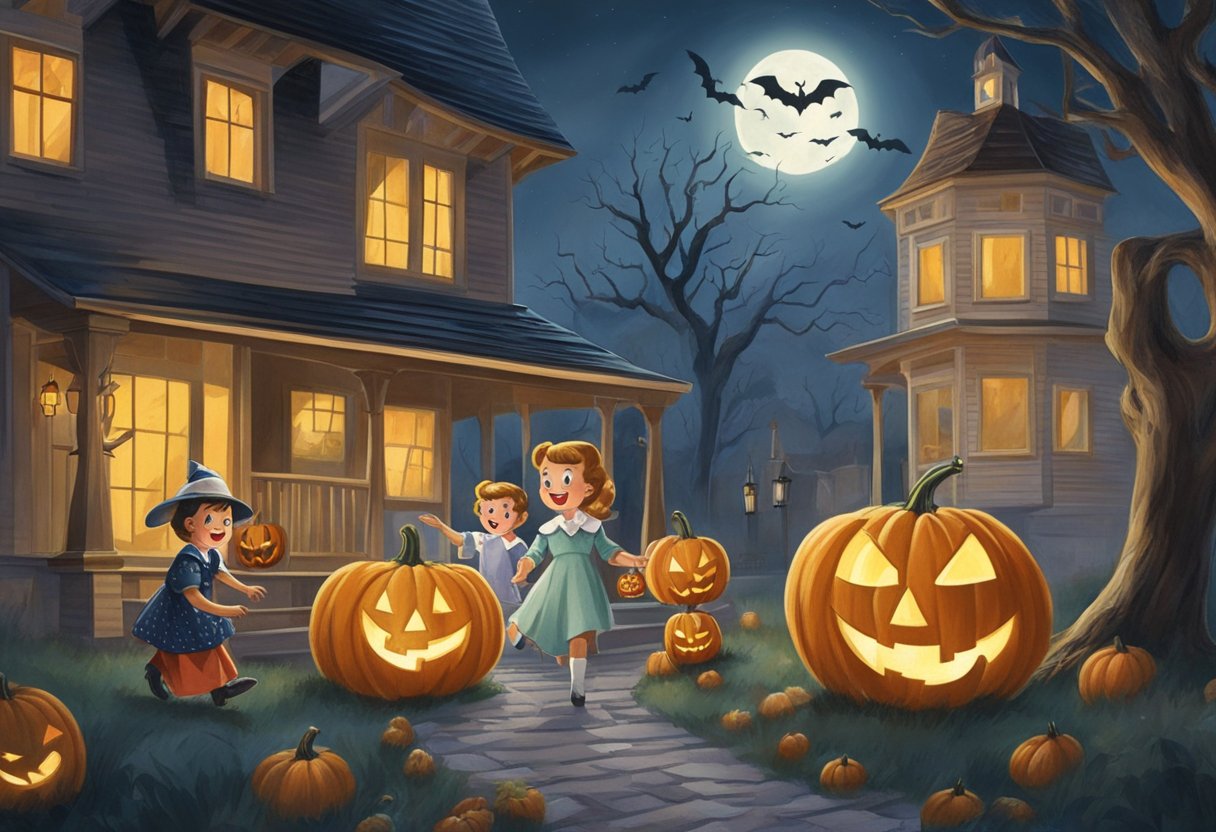
Back in the 1950s, costumes were often homemade and creativity was key. Children would dress up as their favorite characters or creatures, but they didn’t have access to the same store-bought costumes that are available today. Halloween decorations were also simpler, with jack-o-lanterns and paper cutouts being popular choices.
While candy was still a big part of Halloween in the 1950s, it wasn’t the only focus. Halloween parties were often held at home, with games and activities for children to enjoy. The holiday was a time to come together as a community and celebrate the changing of the seasons. Overall, Halloween in the 1950s had a different feel than it does today, but it was still a time of fun and excitement for children.
Halloween in the 1950s
Back in the 1950s, Halloween was a time of excitement for children. They eagerly awaited the day when they could dress up in homemade costumes and go out trick-or-treating in their neighborhoods. It was a time when children were allowed to be children, and parents didn’t have to worry about safety concerns like they do today.
Costumes were a big part of Halloween in the 1950s. Children would spend weeks planning and creating their costumes with their parents. They would dress up as ghosts, witches, superheroes, and anything else they could imagine. There were no store-bought costumes back then, so children had to rely on their creativity and imagination to come up with something unique.
Trick-or-treating was also a big part of Halloween in the 1950s. Children would go door-to-door in their neighborhoods, shouting “trick-or-treat” and collecting candy from their neighbors. It was a time when children could indulge in sweets without their parents worrying about cavities or obesity.
Candy was a big deal in the 1950s. Children would come home from trick-or-treating with bags full of candy and spend the next few days sorting through their loot. They would trade candy with their friends and siblings, and sometimes even with their parents.
The Evolution of Halloween
From Samhain to All Hallows’ Eve
Halloween has its roots in the ancient Celtic festival of Samhain, which marked the end of the harvest season and the beginning of winter. The Celts believed that on this day, the boundary between the living and dead became blurred, and spirits could return to earth. To ward off evil spirits, they would light bonfires and wear costumes made of animal heads and skins.
When Christianity spread to the Celtic lands, the church attempted to replace Samhain with the feast of All Saints’ Day, also known as All Hallows’ Day. The night before became known as All Hallows’ Eve, which eventually became Halloween.
Christian Influence and All Saints’ Day
All Saints’ Day was a day to honor all saints and martyrs, and it was celebrated with church services and processions. However, many of the old customs associated with Samhain persisted, including lighting bonfires and wearing costumes.
Arrival in America
Halloween arrived in America with Irish immigrants in the 19th century. They brought with them the tradition of carving turnips and potatoes into lanterns, which eventually gave way to the pumpkin jack-o-lanterns we know today.
In the southern colonies, Halloween was not widely celebrated due to the strict Protestant beliefs of the settlers. However, as more immigrants arrived in the United States, Halloween became more popular.
Modern Halloween and Commercialization
In the early 20th century, Halloween parties and parades became popular, especially for children. Trick-or-treating became a common activity in the 1930s, and by the 1950s, Halloween was a time of fun and excitement for children.
Today, Halloween has become a commercial holiday, with candy sales and Halloween-themed merchandise generating billions of dollars for the National Retail Federation and candy manufacturers. While some lament the commercialization of the holiday, Halloween remains a beloved tradition for many, with costumes, candy, and spooky decorations adding to the fun.
So, whether you prefer chocolate or candy corn, Halloween is a time to embrace the spooky and the silly, and enjoy the festivities with family and friends.
Halloween Traditions and Customs
Halloween in the 1950s was a time of excitement and fun for children. It was a holiday that had a different feel than it does today. Halloween was a time when children could dress up in costumes and go trick-or-treating in their neighborhoods. The holiday was a time for community and spending time with neighbors.
Costumes and Trick-or-Treating
One of the most popular traditions during Halloween in the 1950s was dressing up in costumes. Children would often dress up as their favorite characters from movies, television shows, or books. Some popular costumes included cowboys, princesses, and superheroes.
Trick-or-treating was also a popular tradition during Halloween in the 1950s. Children would go door-to-door in their neighborhoods, asking for candy. It was a time when children could indulge in sweets and treats without their parents telling them to stop.
Food and Festivities
Halloween in the 1950s was a time for food and festivities. Children would often receive soul cakes, fruit, and potatoes from their neighbors. Soul cakes were a type of cake that was traditionally given to children on Halloween. They were made with spices and raisins and were meant to represent the souls of the dead.
Bobbing for apples was another popular tradition during Halloween in the 1950s. It was a game where children would try to grab apples out of a bucket of water using only their teeth. It was a fun and challenging game that was enjoyed by children of all ages.
Spooky and Supernatural Elements
Halloween in the 1950s was also a time for spooky and supernatural elements. Children would often tell ghost stories and scare each other with tales of witches, fairies, and goblins. Haunted houses were also popular during Halloween in the 1950s. They were often decorated with dark and eerie decorations, and children would dare each other to go inside.
Halloween’s Impact on Popular Culture
Halloween has had a significant impact on popular culture over the years. From its origins as a pagan festival to its current status as a commercialized holiday, Halloween has influenced everything from movies and television shows to music and fashion.
One of the most obvious ways in which Halloween has impacted popular culture is through the creation of horror movies. From classic films like “Dracula” and “Frankenstein” to more recent offerings like “Halloween” and “Scream,” Halloween has inspired countless scary movies that have become staples of the horror genre.
In addition to horror movies, Halloween has also inspired a wide range of television shows and specials. From classic sitcoms like “The Addams Family” and “The Munsters” to modern-day favorites like “Stranger Things” and “American Horror Story,” Halloween-themed TV shows have become an annual tradition for many viewers.
Halloween has also had an impact on fashion, with many people choosing to dress up in costumes for the holiday. While costumes were originally designed to scare off evil spirits, they have since become a way for people to express their creativity and have fun.
In recent years, Halloween has become increasingly commercialized, with retailers selling everything from decorations and costumes to candy and party supplies. While some people lament the loss of Halloween’s original meaning, others see it as a way to celebrate the holiday in a fun and festive way.

